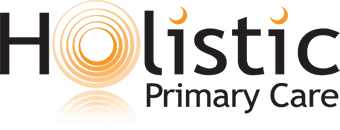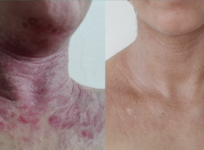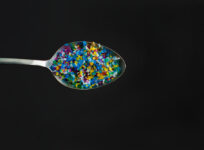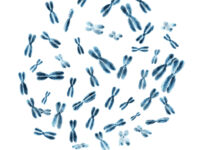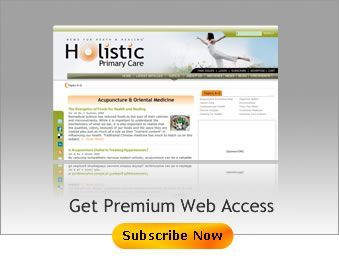Decrease in Breast Cancer Has Experts Asking, WHI?
The recent National Cancer Institute report showing a major downturn in breast cancer rates in 2003 had a lot of people saying “I told you so,” and attributing the downturn to a drop-off in hormone replacement therapy. But it may not be that simple. Dr. Tori Hudson offers her thoughts on this hot topic.
